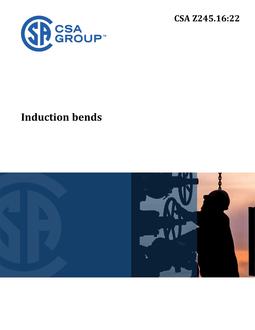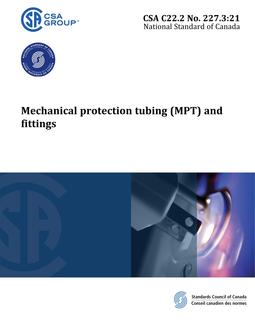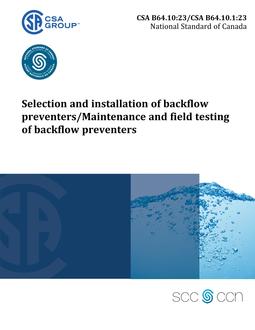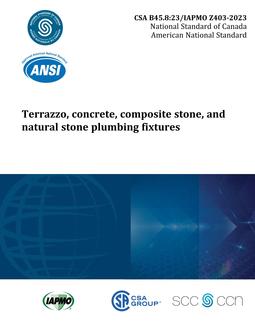
Preface
This is the first edition of CSA Z245.16, Induction bends. This Standard covers the requirements for factory-made steel induction bends intended to be used for transporting fluids as specified in CSA Z662. As of this edition, induction bends and cold bends have been removed from CSA Z245.11, Steel fittings, and are now covered in CSA Z245.16 and Z245.17, respectively. CSA Group acknowledges that the development of this Standard was made possible, in part, by the valuable dedication of Maros Tropp and the financial support of ATCO Ltd., Benpro Technologies Corp., British Columbia Oil and Gas Commission, Enbridge Inc., FortisBC Energy Inc., TC Energy Corp., and Tectubi Raccordi S.p.A. (Allied Fitting). This Standard was prepared by the Subcommittee on Materials, under the jurisdiction of the Technical Committee on Petroleum and Natural Gas Industry Pipeline Systems and Materials, and the Strategic Steering Committee on Petroleum and Natural Gas Industry Systems, and has been formally approved by the Technical Committee.
Scope
1.1 General
This Standard covers the manufacturing of factory-made induction bends, primarily intended for use in oil or gas pipeline systems.
1.2 Size, grade, and category
1.2.1 Size This Standard covers induction bends from outside diameters (ODs) 60.3 to 1524 mm (NPS 2 to NPS 60, see CSA Z245.11 Table A.1).
1.2.2 Grade For other than sour service, this Standard covers bends from Grade 241 to Grade 690. For sour service, this Standard covers bends from Grade 241 to Grade 483. Note: The standard grades are 241, 290, 359, 386, 414, 448, 483, 550, 620, and 690 (see Table 3); however, intermediate grades can also be used in accordance with Clause 8.2.2.
1.2.3 Category This Standard covers induction bends in the following categories: a) Category I: induction bends without requirements for proven notch toughness properties; and b) Category II: induction bends with requirements for proven notch toughness properties.
1.3 Terminology
In this Standard, “shall” is used to express a requirement, i.e., a provision that the user is obliged to satisfy in order to comply with the Standard; “should” is used to express a recommendation or that which is advised but not required; and “may” is used to express an option or that which is permissible within the limits of the Standard. Notes accompanying clauses do not include requirements or alternative requirements; the purpose of a note accompanying a clause is to separate from the text explanatory or informative material. Notes to tables and figures are considered part of the table or figure and may be written as requirements. Annexes are designated normative (mandatory) or informative (non-mandatory) to define their application.
Product Details
- Edition:
- 1st
- Published:
- 08/16/2022
- ISBN(s):
- 9781488344428
- Number of Pages:
- 58
- File Size:
- 1 file , 1.1 MB
- Product Code(s):
- 2430193, 2430193
- Note:
- This product is unavailable in Russia, Ukraine, Belarus


